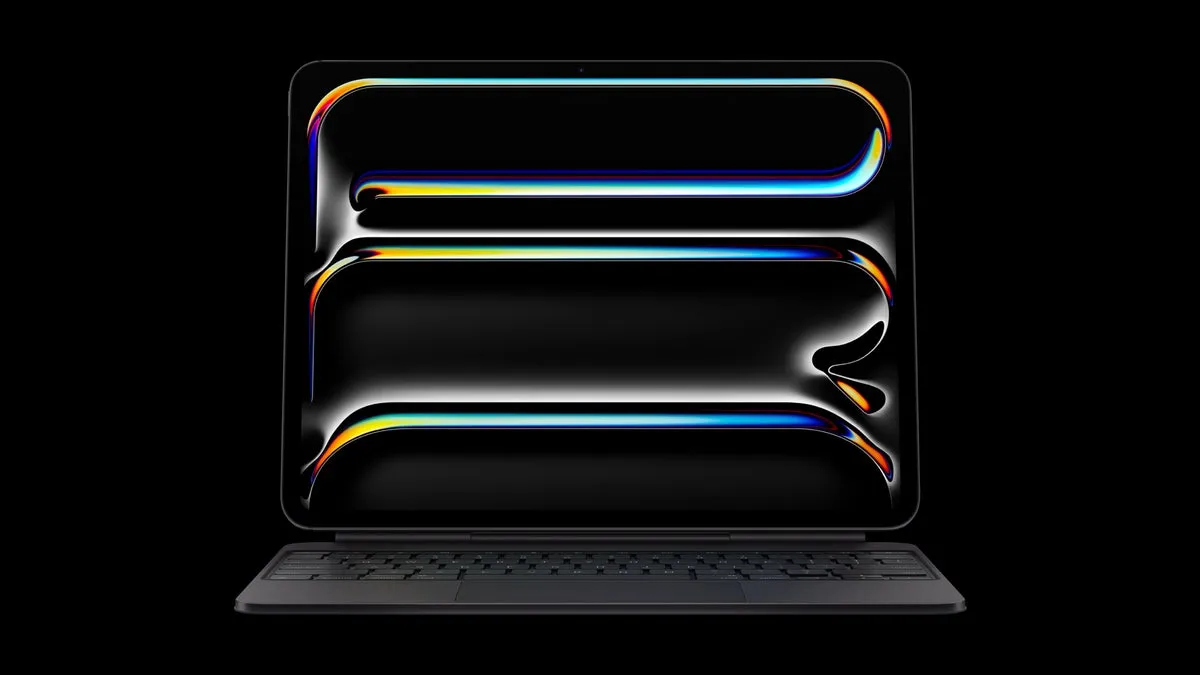
Apple's latest release, the M5 iPad Pro, has sparked discussions in the tech community, but the real innovation lies within its compact architecture: the new in-house C1X cellular modem. This development marks a significant strategic shift in Apple's ongoing rivalry with Qualcomm, hinting at a future where Apple aims to control more of its technology through vertical integration.
The M5 iPad Pro refresh, much like the recent MacBook updates, was introduced with minimal fanfare, primarily featuring a processor bump. According to Apple analyst Mark Gurman, the enhancements are subtle and do not substantially improve performance compared to its predecessor, the M4 iPad Pro. For users already enjoying the M4 model, the differences in everyday use are likely negligible.
Beyond the M5 chip, the most noteworthy modification is the introduction of the new C1X cellular modem, which replaces the previous third-party component sourced from Qualcomm. Additionally, the M5 iPad Pro includes a new N1 chip that supports Wi-Fi 7 and facilitates faster external displays, though these upgrades are considered niche and of limited relevance to the average user.
You might wonder, why should the C1X modem pique your interest? The answer lies in its implications for Apple's business strategy. The third-party modem that Apple has replaced was manufactured by Qualcomm, a company with which Apple has had a tumultuous relationship characterized by legal disputes over patents and licensing fees. Apple has long sought to reduce its dependency on external suppliers, particularly one as contentious as Qualcomm.
Over the years, Apple has invested billions in developing its own cellular modems to gain more control over production, manage costs, and integrate its technology more seamlessly. The debut of the C1X modem in the iPad Pro is a significant milestone in this journey towards complete vertical integration.
While this update represents a major engineering triumph for Apple, it has minimal impact on the average consumer. As Gurman pointed out, the shift to in-house components may be logical from a business perspective, but it does not dramatically enhance the user experience at this stage. A large portion of iPad buyers still prefer the Wi-Fi only option, rendering the new modem largely irrelevant for most customers.
The true test of Apple's in-house modem will come when it is incorporated into the iPhone, a device where performance is critical and consumer expectations are high. It is in this context that Qualcomm may feel the greatest pressure. For now, the introduction of the C1X modem serves as a strategic first step in Apple's broader plan to minimize its reliance on third-party components.
In summary, while the M5 iPad Pro may not offer significant enhancements for users, the introduction of the C1X cellular modem signifies a pivotal moment in Apple's quest for independence from Qualcomm. This move towards in-house technology is a crucial part of Apple's long-term strategy, and it will be fascinating to see how it unfolds in future products, particularly the iPhone.